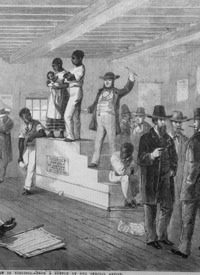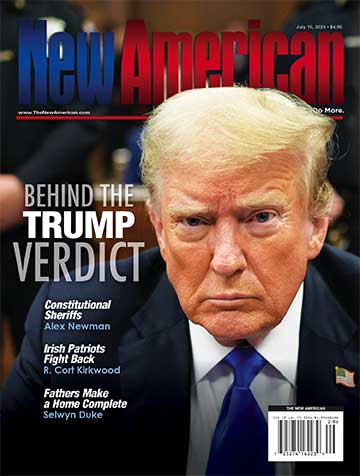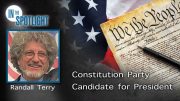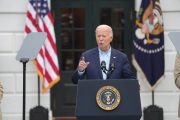
"It is just a testament to American ingenuity and dynamism and the fact that we continue to have the best universities in the world, the best technology in the world, and most importantly the best workers in the world. And you guys all represent that," Obama added. He branded the solar-panel maker as a poster child for "green" energy, asserting, "Companies like Solyndra are leading the way toward a brighter and more prosperous future."
Just days before the President’s visit to the firm's Silicon Valley headquarters in May 2010, White House aides were mulling over a letter from California venture capitalist Steve Westly that warned of the potential embarrassment that could ignite if Obama visited the company’s facilities. "A cautionary note. This is a classic problem with start-ups, but we have to be careful what POTUS says," wrote Sally Ericsson, a director at the Office of Management and Budget. "FYI. We may want to be measured in how POTUS talks about Solyndra on his California visit," White House staffer Joseph Aldy added.
But Greg Nelson, Deputy Director of the White House Office of Public Engagement, remained optimistic, as he explained in an e-mail why the President’s visit was given the green light. "Before the decision was made to go to Solyndra, I had quietly reached out to some of the top cleantech firms to get their thoughts on potential locations, and Solyndra was a consensus choice because it has such a strong jobs story," Nelson affirmed. "There was awareness of their IPO filings and audit, but not a lot of concern."
The $535-million loan guarantee to Solyndra has become an embarrassing mark on Obama’s presidential record, and the latest document dump — including 457 pages submitted to the House Energy and Commerce Committee — requested through congressional subpoenas further reveals the chagrin of the administration’s green-investment failures. This seventh document release publicizes the skepticism that White House officials had in the former solar firm, as administration staffers distanced the President from company executives during Obama’s 2011 State of the Union address.
"Can’t do Solyndra…. They’ve run into some issues recently," Daniella Gibbs Léger, White House Director of Message Events, wrote in a January 5, 2011 e-mail. A White House official told Politico on Friday that the idea of having Solyndra executives seated near the President at the 2011 State of the Union address "didn’t even make it to any sort of serious consideration."
Evidently, just months after Obama offered lavish praise to the firm, Solyndra had become a political liability, as White House climate-change adviser Carol Browner and a colleague discussed Solyndra’s financial misfortunes in a December 8, 2010 e-mail: "You hear solyndra is in a severe liquidity crises and we areent likely given next doe loan? Banner week," wrote the colleague. Browner retorted, "Yep. Ugh."
Moreover, Obama economic advisor Larry Summers wrote to a Solyndra investor in December 2009 that "gov is a crappy vc [venture capitalist] and if u were closer to it you’d feel more strongly." But despite such uncertainty, just months after Summers' e-mail the Treasury Department’s Federal Financing Bank reported that Solyndra’s loan secured an interest rate that was drastically lower than interest rates on loans granted to other clean-energy projects.
And in February 2011 the Obama administration organized a restructuring of Solyndra’s debt, as The New American reported last October:
Emails reveal anxiety among U.S. Treasury Department officials about a decision by the DOE to restructure Solyndra’s debt after the company exhausted its cash earlier this year. Because investors agreed to contribute only if the loan repayment terms were modified, the company’s restructuring plan allowed $75 million in private investment to be placed ahead of taxpayers' financial interests if bankruptcy ensued.
In observing the timeline of the latest e-mail batch, Solyndra’s financial status was shaky enough that the idea of seating company executives near First Lady Michelle Obama during the President’s 2011 State of the Union speech was out of the question. Still, a month later the Energy Department restructured Solyndra’s half-billion-dollar federal loan guarantee in favor of private investors, inflating the risk to American taxpayers.
One of those investors was George Kaiser, an Oklahoma billionaire who raised more than $50,000 for Obama’s 2008 campaign.



